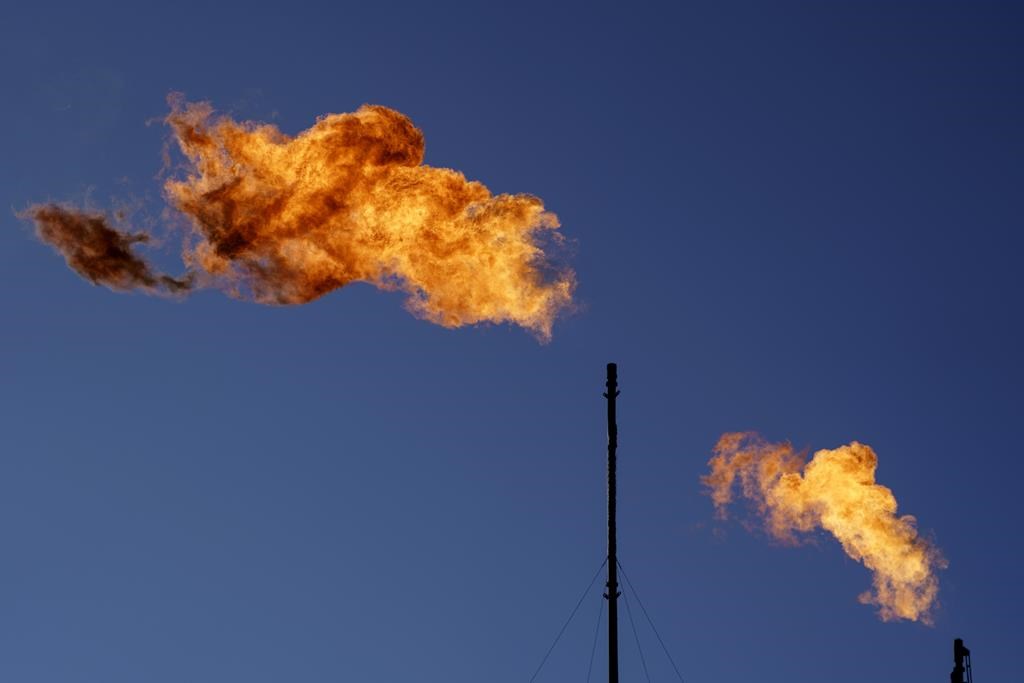Researchers at McGill University have found that methane emissions are unevenly distributed across Montreal.
Over 3,000 methane hotspots were found by researchers over a four-year monitoring program, where it was discovered that Montreal’s east end saw the highest concentrations of methane.
One of the worst polluters was the city’s largest snow dump, which researchers say emits methane at levels comparable to the city’s current and former landfills, and natural gas leaks.
“Though there’s much less methane than carbon dioxide (CO2) in the atmosphere, every methane molecule will warm the planet by about 32 times as much as every CO2 molecule,” said Peter Douglas, Associate Professor in the Department of Earth and Planetary Sciences and study co-author. “We need to know where these emissions are coming from to resolve them.”
Behind the study
Montreal, like many cities, only publishes estimated emission statistics according to McGill University. This led them to use mobile monitoring to try and determine more accurate information.
The study was carried out over four years — 2019, 2022-24 — over 3,300 square kilometres of Montreal, and some off-island sites like the Saint-Sophie landfill.
Researchers were able to collect air samples with a device that measures carbon dioxide and methane levels every second.
What was found was that inactive landfills were among the biggest polluters, alongside the Francon Quarry — site of Montreal’s largest snow dump.
“It’s as large as some of the other landfills. A ton of stuff is dumped there, stuff that’s picked up off the roads,” Douglas said. As the snow melts, it creates a lake that potentially harbours microbes capable of releasing additional methane.
Additionally, researchers found that more gas leaks happen in the east end, which also raised emission levels.
“Most gas leaks are concentrated where we use this older infrastructure,” said Douglas. “But we really focused on population density. With more people, there are more natural gas lines and more leaks.”
The researchers looked at three specific areas over ten weeks, which allowed them to learn how methane emissions changed over time, revealing which hotspots were persistent and which were more short-lived.
“We’d see an increase in concentration and then it would come back down, so we could figure out approximately how much gas was coming from that source and locate where it was, especially when we had wind data to help us triangulate the location,” Douglas said.
McGill University will continue to monitor methane emissions to see how levels change during different seasons.
For more on the study, click here.

